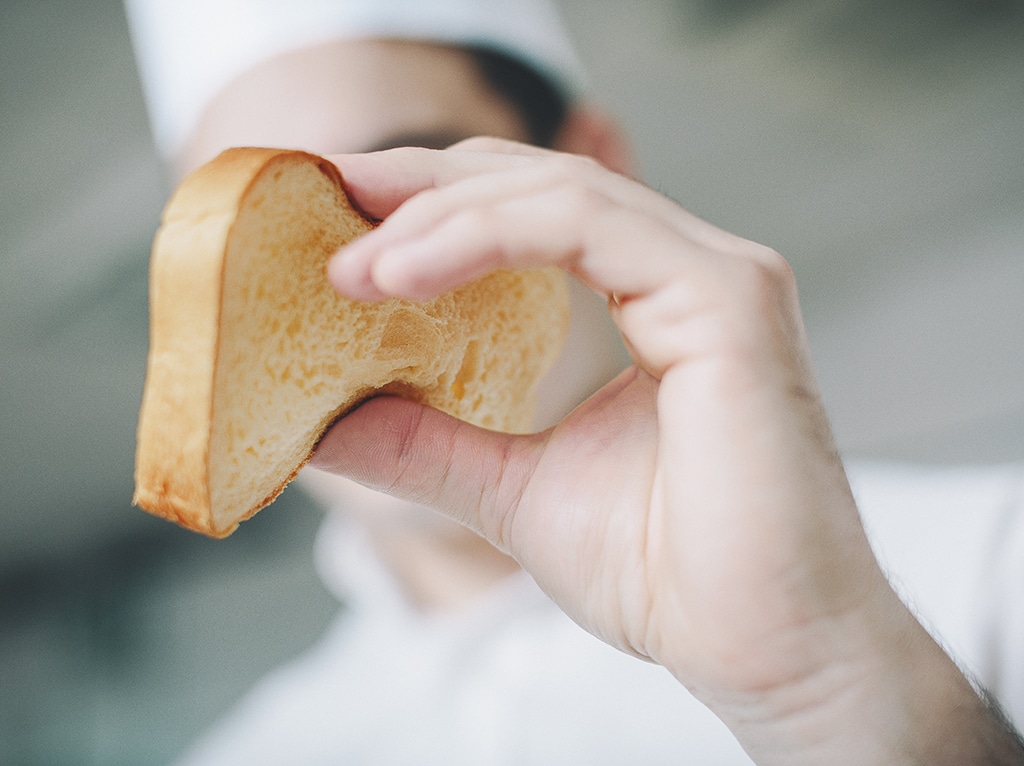
04 Jan Improving and maintaining softness in bakery goods
Softness is the result of several properties (suppleness, tenderness, elasticity, etc.), which in various combinations give rise to different types of softness: the supple, elastic crumb of a baguette, the tender, melt-in-the-mouth crumb of a sandwich loaf, etc.).
To focus on the softness of a bakery product is to consider that product in its entirety, while taking into account everything that might have an impact on its texture: ingredients, process, and storage parameters. It is by striking a balance between the different components that we are able to meet the objective with regard to two aspects: by improving the initial softness and by preserving that softness until the maximum use-by date. Depending on the desired degree of softness, many ingredients may be added (enzymes, emulsifiers, hydrocolloids, fats, etc.). But the right choices must be made for custom results!
Softness in breadmaking covers a wide array of products, from sandwich bread and the crumb of a baguette through to doughnuts and brioche. Furthermore, its field of application is growing all the time. Softness is often associated with the notion of freshness and is thus considered a quality indicator. The sensation it produces is an important criterion for consumers, but their expectations in terms of softness vary, mainly depending on country.
Hence the need to define the type of softness desired according to the type of product made and the consumers targeted, and then to adapt the recipes and processes to achieve the maximum softness and maintain it over time. Improving the softness entails some careful consideration at each stage of the breadmaking process, from the choice of ingredients through to the storage conditions.
Aside from developing a formulation for the appropriate softness improver, Lesaffre also offers its expertise with defining the softness of different types of bread, characterising the ideal softness for each product category, and taking into consideration all parameters in the process in order to obtain the air-hole structure that will give the required softness and maintain it over time.
